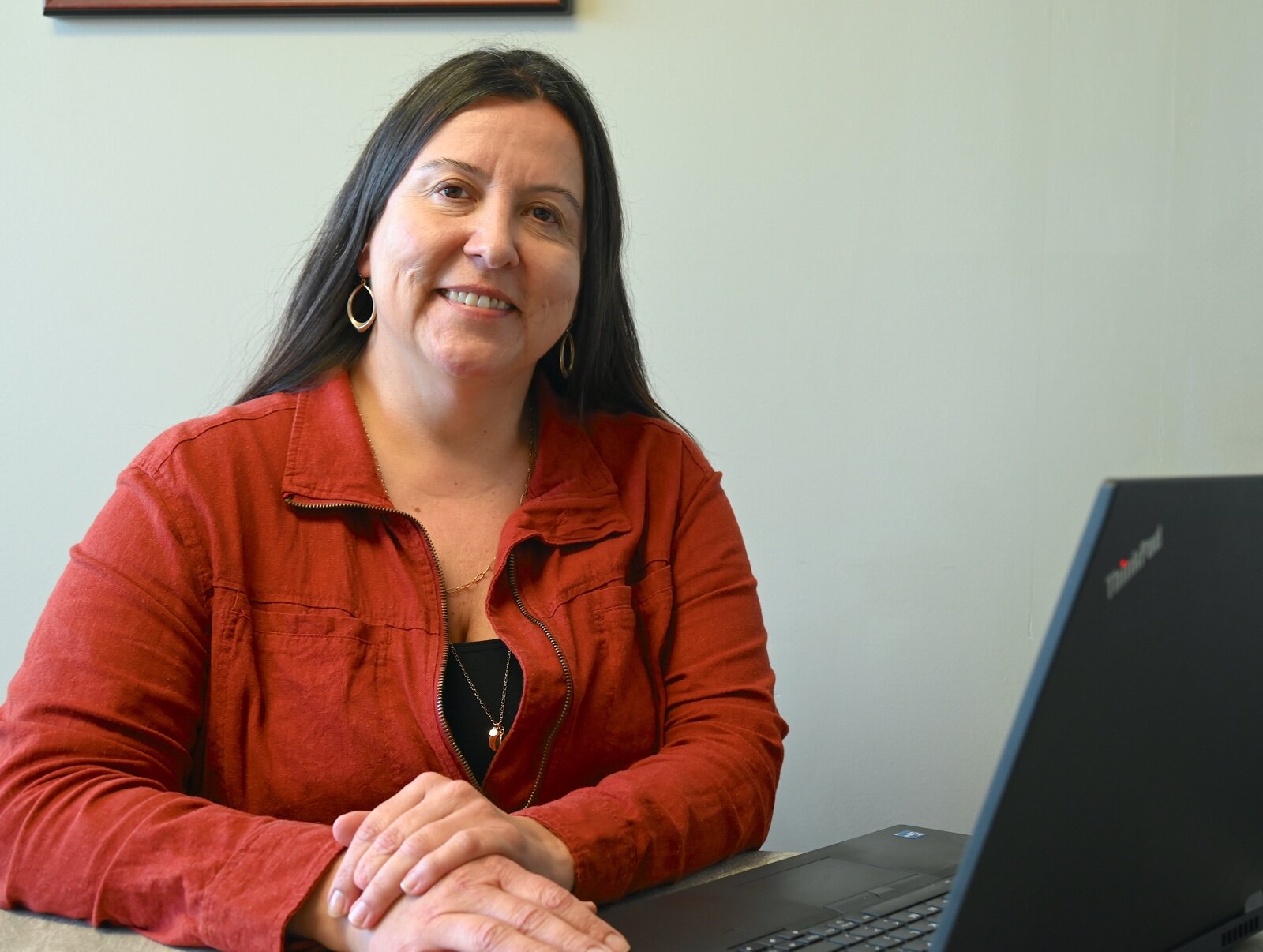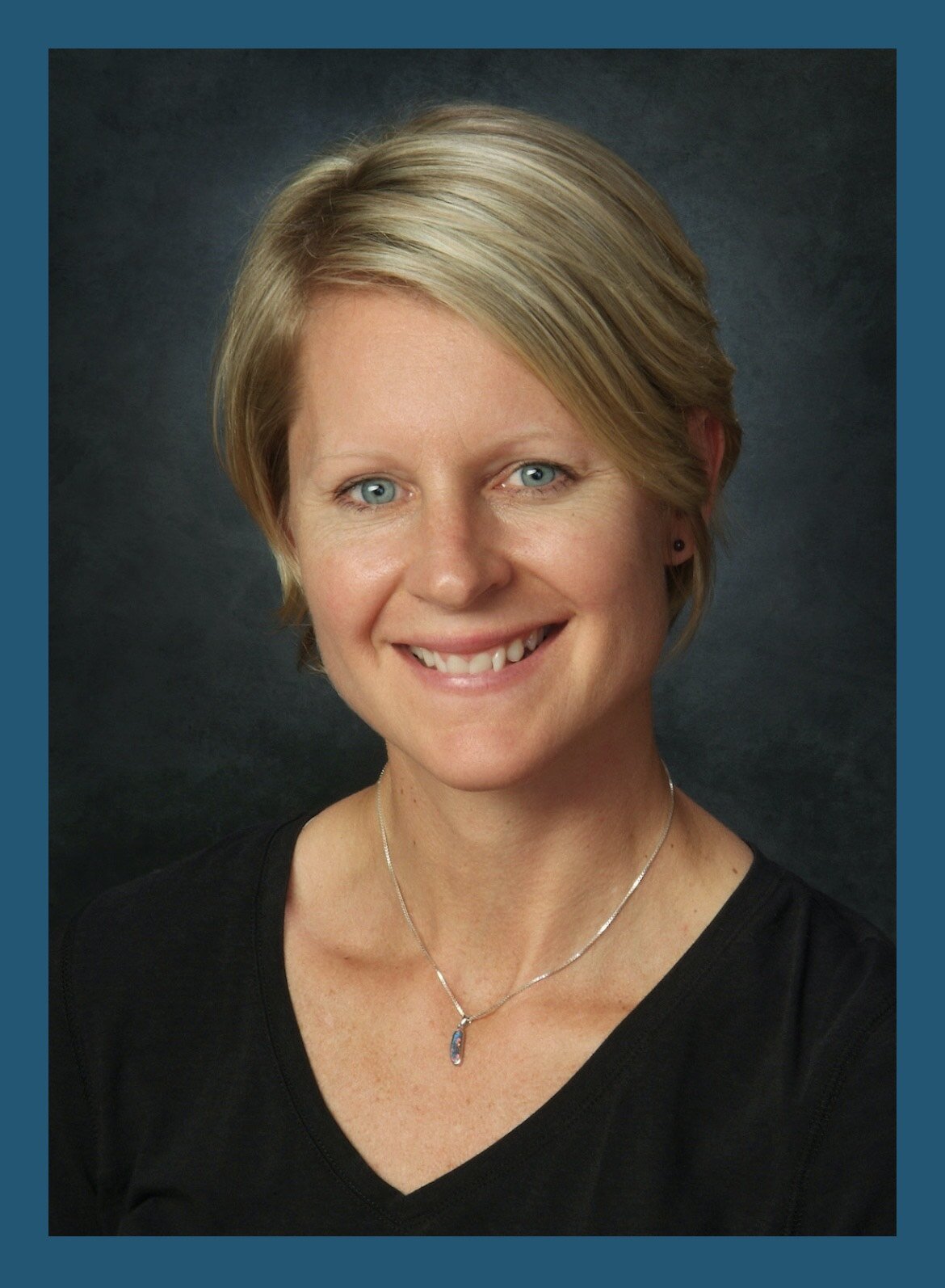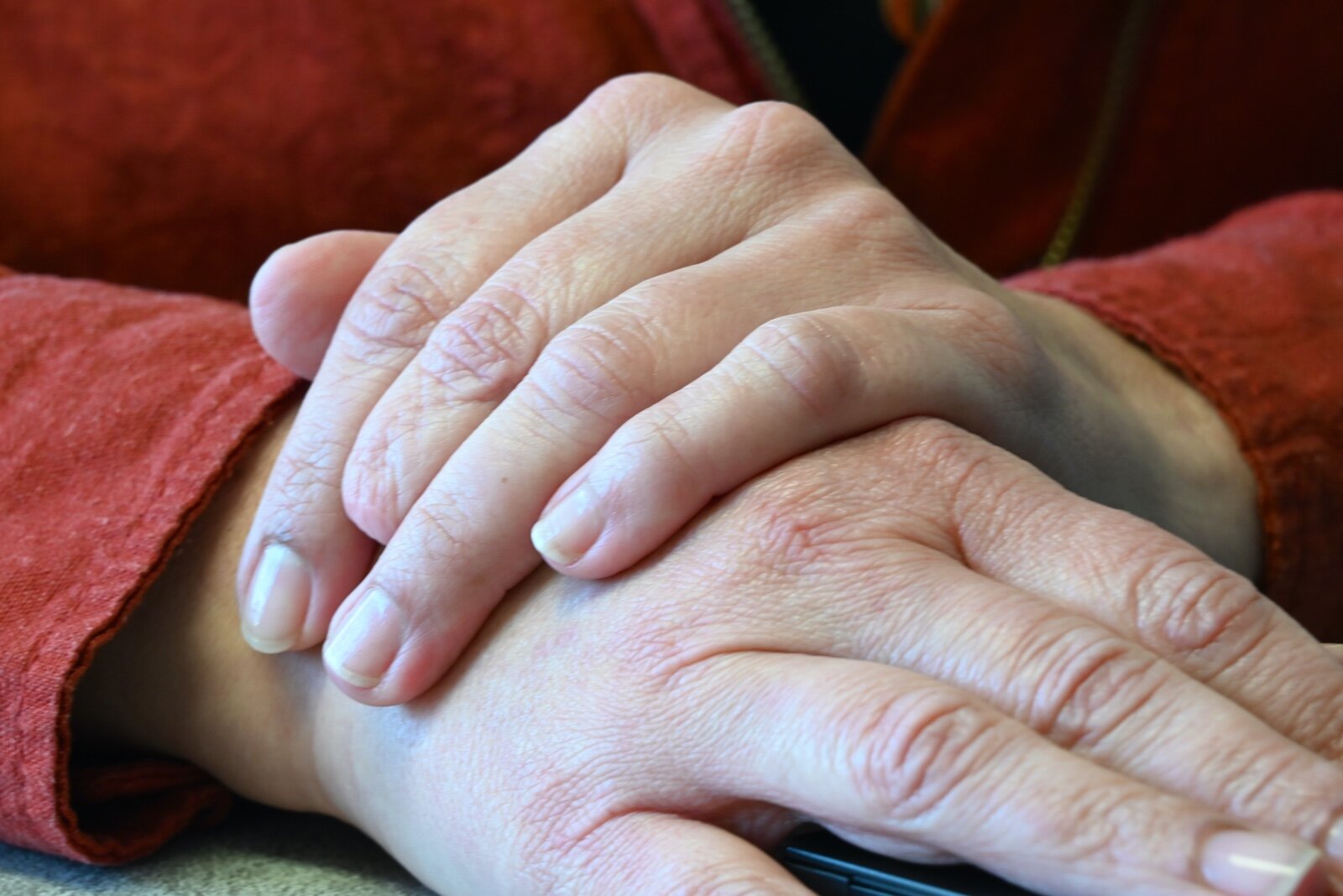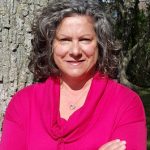Calling attention to nail cancer, an overlooked form of melanoma — one woman shares her story
April is Melanoma Awareness Month. While nail cancer is rare, it is most prevalent among People of Color who tend not to get other melanomas. One Battle Creek woman who was diagnosed with nail cancer is raising awareness of the issue and its symptoms.
Editor’s note: This story is part of Southwest Michigan Second Wave’s On the Ground Battle Creek series.
BATTLE CREEK, MI — Maria Borden is missing the top part of an index finger. That loss of a body part is minor compared to what she could have missed had she not paid attention to a melanoma that is extremely rare and most prevalent among People of Color (POC).
Borden, co-director of Pulse at the W.E. Upjohn Institute for Employment Research based in Battle Creek, says she wants to share what happened to her to make others aware of nail cancer. The medical term for it is Subungual Acral Lentiginous Melanoma.
Although melanoma is the fifth-leading cancer among females and males, nail cancer accounts for about 1 to 3 percent within the melanoma category, says Dr. Hari Nair, a Medical Oncologist with Bronson Oncology & Hematology Specialists, Battle Creek.
“Per year about 3,000 to 4,000 people in the entire world are being diagnosed with it,” he says. “The rarity of this condition is why it doesn’t receive the same attention as the leading cancers.”
Borden recognizes this and says,” I want to be respectful to other cancer survivors. Every cancer is a horrible experience regardless.”

At the same time, she is seeking to increase awareness about the cancer she was diagnosed with because it isn’t as widely known about or talked about.
“I have mixed feelings about it. I get upset that people don’t talk about it. I think most people know somebody who has had a melanoma. They think you can just cut it out and it’s no big deal, but if you have it in your nailbed it’s an amputation. There’s a stigma that you’re going to lose part of your finger or one of your toes.”
While being respectful of those who have been diagnosed with other forms of cancer, she says she thought this was the right time since April has been designated Melanoma Awareness Month and the movie “One Love” about the late musician and singer Bob Marley is currently playing in theaters.
Marley also was diagnosed with nail cancer, Borden says.
“He originally thought his toe injury was due to him playing soccer. When I hear about the cause of his death, they often say he died of a rare Melanoma. However, this is only half the story,” Borden says. “He died because it was misdiagnosed as a soccer injury. And when it was finally diagnosed as a melanoma and he would need to amputate his toe, he refused because of his religion. He didn’t believe in amputation or altering the human body.”
Rates of more common melanomas tend to be highest in countries like Australia and New Zealand and continents including the western part of Europe and North America where people tend to be light-skinned, Nair says.
“People of darker skin color are at higher risk for Subungual Acral Lentiginous Melanoma which is most common in the African American, Asian, and Hispanic populations, but the instances of other melanomas are small. We don’t know the exact reason for that,” he says.
Just as concerning for Borden is that People of Color don’t think they can get melanoma, Borden says.
“My father is Mexican-American and I’ve always had brown skin,” she says. “If a person of color is going to get skin cancer it’s most often on their hands or feet.”
While these melanomas may be readily apparent, nail cancer is not.
Nair says signs or symptoms include a brownish-black discoloration in the nailbed that may grow as a vertical line as the nail grows.
“Some people can present with atypical symptoms such as the thickening of a nail or a nail that starts to split open or pain in the nailbed,” he says. “If any of these symptoms are persistent for a few weeks, you should be checked.”
Heeding the advice of a friend with the same diagnosis
Borden was diagnosed with nail cancer in 2009. From the time she was two years old, she says she had a brown spot on the nail of her left index finger that didn’t change in size as she got older.
It would be at the urging of the late Art Hoekstra, a friend and colleague, that she went to get that spot checked by a dermatologist.
Hoekstra was well-known in Southwest Michigan for his leadership for 21 years of the Deacon’s Conference in Kalamazoo and his community activism, says his daughter, Dr. Anna Hoekstra, Division Chief of Gynecologic Oncology at the West Michigan Cancer Center.

What was not as well-known about him was a 20-year struggle with what he and his doctor thought was toenail fungus and that’s what he received medical treatment for. In 2008 that toe ulcerated and began to bleed and his doctor ordered a biopsy which came back with a diagnosis of cancer.
In 2010, while undergoing aggressive treatment lesions were discovered in his pelvis, kidney, stomach, and brain. He would continue the medical treatment which included a new drug. For three years, he battled the cancer that took his life in 2011.
“The thing I found interesting is that physicians in my own community weren’t aware of this subtype of melanoma. It was so rare that physicians who encountered this didn’t recognize it or know what doctor to send him to for a biopsy,” says Dr. Hoekstra.
She says that was the most impactful part of having a rare cancer.
“The medical community was challenged with how to do a biopsy of his toe, confusion which may have delayed the diagnosis.”
Had this delay not occurred, Hoekstra says she believes her father would have had a better chance of beating the disease.
One year after Art Hoekstra received his diagnosis, Borden received hers. Were it not for his persistence, she likely would not have been seen by the dermatologist who made the diagnosis.
He asked her about the brown discoloration in her nail.
“Art said, ‘You should have a biopsy,” Borden says. “It took six to eight months of me seeing him and him asking if I had a biopsy. I just thought it was no big deal. It was his prodding that made me go to a dermatologist who was already treating me for adult acne. I asked him if I should get a biopsy and he performed one and that’s when we started this progression of going to the University of Michigan Medical Center and surgery in Ann Arbor.”
The ”we” refers to her daughter who was then five years old.
“I was in my late 30s. I had my daughter and I was a single mom,” says Borden who was working during this time for the YWCA of Kalamazoo. “I was really scared.”
The way she found out about the malignancy didn’t ease her fears.
“I got a call from scheduling and she said, ‘You were referred to us because of your melanoma,” Borden says.
What followed was self-education about nail cancer. She says she learned a lot from the U of M medical community.
“If the melanoma is at the end of one of your fingers or your toes, it has nowhere to go but back up through the bloodstream and into your lymph nodes, and once it hits the lymph nodes, it’s bad after that.”
After undergoing the amputation of the top part of her left middle finger, she says she remembers feeling like she would never be a whole person again.
“I went through physical therapy because of the nerves that were affected and phantom limb syndrome,” Borden says.

Psychologically, she became self-conscious about her hands and did not want people to see them, a challenge since she is a speaker who uses her hands when talking.
“We had to go back to the plastic surgeon after the surgery to get the bandage off and I cried. I didn’t want anybody to see it. I remember my family wanting to see and I wouldn’t let them see it.”
Over time she has gotten used to her not-so-new normal and says, “Sometimes I forget that I don’t have that fingertip. It’s just an adjustment I have made.”
Using their experiences to help others
It struck her that she and Hoekstra, who worked closely together because of their jobs at the time, would both get this very rare form of cancer. This spurred them on to start their own awareness campaign which included developing postcards for dermatology offices.
Anna Hoekstra says her father and Borden also formed a group that educated providers and created a flowchart of the next steps for people receiving a diagnosis of nail cancer. She says that the group disbanded after her father’s death.
Although this is not her area of medical expertise, she says, “Certainly, when it comes up I educate people informally the best way that I can.”
As a specialist in Oncology and Hematology, Nair says he advises people to avoid exposure to the sun as much as possible and wear sunscreen with 30 SPF or higher, in addition to not using tanning beds. He says the treatment for nail cancer has advanced and patients no longer face the unknowns that Hoekstra and Borden encountered.
“In general, the treatment here at Bronson is multidisciplinary. We have a host of different specialists working together including dermatologists, radiologists, pathologists, plastic surgeons, and of course, medical oncologists,” Nair says.
Borden is more optimistic now than she was when she received her diagnosis because of the medical advancements in treatment.
“We all know that if melanoma is caught early there’s a great chance of survival,” she says. “I owe it to Art to continue to speak out about this particular form of cancer.”















